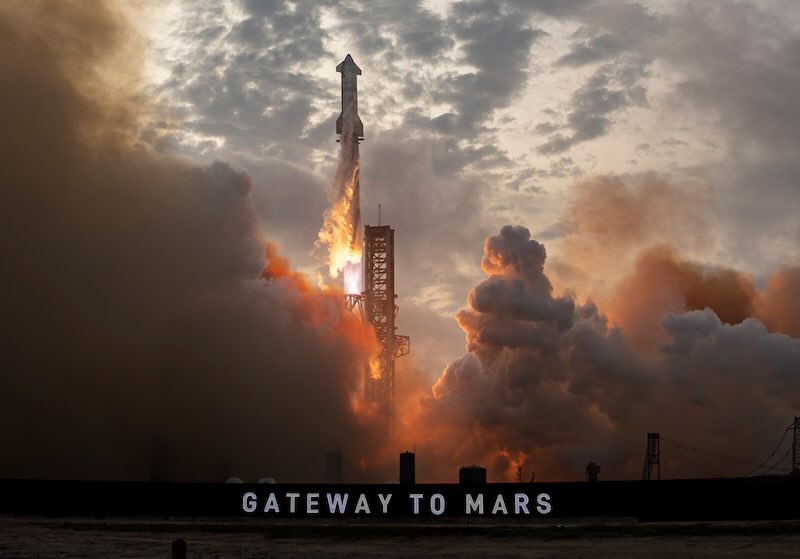In the aftermath of yet another historic test flight of SpaceX’s Starship rocket (Starship 3 launches successfully), industry experts are drawing a startling conclusion: The era of radically cheap space access could be just around the corner, courtesy of Elon Musk’s pioneering approach to reusable launch systems.
By some back-of-the-envelope calculations, a fully reusable Starship architecture featuring a reused Super Heavy booster stage could eventually slash the price tag for launching over 100 metric tons to orbit down to a mere $30 million. To put that number in perspective, NASA’s aging but powerful Space Launch System is projected to cost well over $1 billion per launch once operational.
Elon Musk: “Max payload of Starship V1 in expendable mode (like the other rockets) is ~200 tons. V3 is expected to be ~200 tons with full reusability and ~400 tons expendable. Length will grow by 20 to 30 meters and thrust to ~10k tons.”

“Bluntly, this is absurd,” remarked space industry analyst Eric Berger of the colossal price differential. But the disruptive potential of such a ludicrously affordable heavy-lift launch system is nothing short of revolutionary.
It’s all thanks to SpaceX’s relentless focus on vertical integration, cheaper materials like stainless steel, and a willingness to start from a clean sheet design unencumbered by government procurement complexity. The end result? An audacious, potentially fully reusable two-stage spaceplane that could make spectacularly economical orbital transportation a reality at last.
To be clear, Starship is still very much a work in progress. While the program has now successfully executed multiple propulsive separation tests with the massive Super Heavy booster stage, actually recovering those 33-engine monsters for reuse remains an elusive goal for now. That said, SpaceX has ample experience nailing rocket landings with its workhorse Falcon 9, so it’s likely only a matter of time before the bigger pieces start sticking their arrivals.
Eric Berger estimates we could see regular reuse of Super Heavy beginning within the next year or two, slashing those operating costs with each successful recovery. Meanwhile, the upper Starship stage remains a trickier challenge due to its far more extreme atmospheric re-entry profile.
But if SpaceX can pull it all off and deliver on Starship’s full reusability promise? The economic implications for everything from satellite deployment and deep space exploration to potential future extraterrestrial settlement could be profound. As Musk himself proclaimed following the latest flight, Starship represents humanity’s first legitimate path toward becoming “a multi-planetary species.”
It’s the Elon most ambitious dream, powered by an equally ambitious and disruptive approach to rocketry. If successful, the likes of NASA, international space agencies, and private industry could have a revolutionary new bargain-bin bridge to the cosmos at their disposal sooner than anyone expected.
